Southwest Florida International Airport
Introduction
Most likely you’ve never heard of Southwest Florida International Airport. I didn’t and perhaps only those simmers who live nearby this international airport would be aware of its existence. When you’re a little familiar with the Florida highway 75 north, before reaching Fort Myers and Cape Coral, you’ll find on your right hand Southwest Florida International Airport (KRSW).
According to “flylcpa.com”; Southwest Florida International Airport (RSW) was certified for operation in May 1983 and has grown to be one of the top 50 airports for passenger traffic in the U.S. A new state-of-the-art terminal opened in 2005 and was designed with today’s traveler in mind and tomorrow’s opportunities in view.
As of this writing, January 2017, the airport connects many US airports to KRSW, and some foreign countries too like Germany (Dusseldorf), Cacun, Havana and San Juan. It’s far from the size of that from Miami International Airport, Orlando International Airport or Tampa International Airport. In that respect, the airport offers currently only one runway but a brand-new terminal. Let’s have a look what else it offers.
Real KSRW
Southwest Florida International Airport (ICAO: KRSW) is a county-owned airport in the South Fort Myers region of unincorporated Lee County, Florida.
RSW was conceived in 1973 when it was clear that the existing airport in Fort Myers, Page Field, would be too small. The government of Lee County selected a site near Interstate 75, then under construction.
Groundbreaking was in 1980, and Southwest Florida Regional Airport opened on schedule, May 14, 1983, with a single 8400-ft runway. Delta Air Lines operated the first flight. The original terminal was located on the north side of the runway at the end of Chamberlin Parkway.
In 1988 the airport exceeded its annual capacity of 3 million passengers; by 2004, the airport was serving nearly 7 million passengers annually. The original terminal had 17 gates on two concourses. While three of the gates were added in a minor expansion of the B concourse in the late 1990s, the original terminal’s design was not conducive to a major expansion.
With the terminal operating at more than double its intended capacity, construction of a new Midfield Terminal Complex began in February 2002. The $438 million terminal opened on September 9, 2005. The terminal, designed by Spillis Candela/DMJM Aviation, has three concourses and 28 gates and can eventually expand to five concourses with 65 gates. Demolition of the former terminal north of the airfield was completed in spring 2006.
And what’s currently going on at KSRW?
A new $16 million Airport Rescue and Fire Fighting facility opened in July 2013. A 9,100 feet (2,800 m) parallel runway is in planning. The project includes a relocated air traffic control tower, apron expansion, cross-field taxiway system, mitigation activities and FPL electrical line relocation. The apron expansion and cross-field taxiway system were completed in late 2013. The entire project is estimated to cost $454 million.
Other projects include the Madden Research Loop, a 25-acre (10 ha) project consisting of a research complex for the fields of science, technology and medicine. This project is being developed by Gulf Coast Technology Center, Inc.
Plans are in place for Skyplex – a commercial and industrial park in the location of the old terminal. Other airport-related businesses, such as a hotel, are in the planning stages. A retail gasoline outlet near the airport’s entrance opened in June 2014.
A direct connection between Interstate 75 and the airport main entrance was completed in early 2015, which allows airport-related traffic to avoid local streets. The airport can now be accessed directly from the freeway at Exit 128. The terminal access road will eventually be expanded to six lanes.
Time to check out the modeled KRSW in detail, right? By the way, when you want to read more about it, then I suggest that you visit the dedicated Wikipedia web page or the official KRSW page. (Courtesy of Wikipedia)
But first things first
X-Plane 10 and X-Plane 11
My intention was to review this airport only with X-Plane 10.51, but after a while I thought “how will the airport look like and how are do the objects behave with X-Plane 11pb9?” Added to this review my X-Plane 11 experience would be awesome, knowing that X-Plane 11 is still beta.
Installation
The installation of the package bought via Aerosoft or X-Plane.Org is easy, but a serial number is needed. That said, it’s not a copy and paste, but the installation goes via an auto installer. This will install Southwest Florida International Airport in the custom scenery folder. Once installed, have a look in the Custom Scenery folder and look out this sub-folder “Aerosoft KRSW_Roads”. Although there’s also a “Aerosoft KRSW_Scenery” sub-folder, there’s nothing in there that needs your attention. Ok, check out for the Acrobat document “manual” in the “Aerosoft KRSW_Roads”.
The manual comes in English and German and besides some basic issues, it offers some in-depth information in respect to the rendering options. There’s also an interesting item on page 16 that deals with “scenery configurations” and “static aircraft”, but in my humble opinion, there’s no description how to change these so called “base sceneries”. To be more precise, the package comes with 4 different base scenery configurations of which one is the default base scenery.
Why is it so important to highlight it?
An easy question results in an easy answer although not descripted/explained in the manual. At the Aerosoft forum I found the answer, given by Aerosoft support employee Heinz Flichtbeil “the standard version of KRSW is basic and comes without static aircraft after the first installation. If you don’t want to be alone at the aircraft, thus you want to see static aircraft, you have to change the Earth nav data folder from KRSW, located in the KRSW Scenery folder.
Do the following:
Go to folder “Aerosoft KRSW 2_Scenery” in the custom scenery folder and find the following sub-folders:
– Earth nav data.Base+VolGrass
– Earth nav data.Base+StaticAircraft+VolGrass
– Earth nav data.Base+StaticAircraft
– Earth nav data
Lets go for sub folder “Earth nav data.Base+StaticAircraft”. To get these static aircraft rename first the folder “Earth nav data” and change the name into “Earth nav data.base”.
Next rename folder “Earth nav data.Base+StaticAircraft” into “Earth nav data”.
The reason for this is that X-Plane 10/11 can only read a “Earth nav data” folder. By the way, but I assume most simmers have it already installed, double checked that the library OpensceneryX is installed.
And finally, restart X-Plane 10/11, select KRSW airport and the static aircrafts should appear.”
Something else that needs your attention when it comes to the configuration of KRSW. If you use the X-Plane NavDataPro or the Navigraph AIRAC cycles, then you don’t need to do anything about the glideslope station fix. On the other hand, when you don’t have any cycle installed, then follow the procedure on page 17 of how to fix the glideslope station.
Some last words if you haven’t a powerful PC or Mac; you can reduce a lot of the rendering options settings to increase the available FPS (Frames Per Second), but to offload your CPU and GPU even more, you can also remove the animated airport vehicles. See for this page 17 of the manual.
It’s important to inform you that the following paragraphs cover KRSW with all its glory and all features. That said, the earth nav data with static aircraft and volumetric grass are activated. And remember that this airport will offer out of the box no static aircraft and no volumetric grass. The amount of animated and static objects depends on your rendering options.
Is KRSW complex?
The real airport and thus the modeled airport isn’t quite complex, but that doesn’t say anything about the way it’s made or if the developer had eyes for detail. Looking closely at the airport ground movement map, within the airport fences you’ll notice the passenger terminal with concourses A, B and C, a complex system of taxiways, one runway (24/06) and at the north side of this runway the hangars area, the control tower, the north ramp and fuel tanks.
But the modeled KSRW offers more, logically, ortho ground photos, a well-blended KRSW with the surrounding X-Plane default area. Further on, near the passenger a large car park with trees, road and more as well as a car parking area near the north ramp.
Passenger Terminal
The public side of the passenger area is basically one large car parking area, close to the check-in area a car parking area with different floors. The ground textures are OK although I’ve got the idea that these ortho photos are a little too yellow (yellow color cast) or may I assume that the concrete is light grey at KRSW. Another issue is the presence of “phantom” cars on the upper deck of the car parking garage. Perhaps it was better to remove these shadows or to add 3D car objects above these ghost cars.
The area between the car parking garage is filled with ortho ground textures, departure and arrival lanes and not unimportant, the passenger terminal is, naturally, handmade. One small item I’ve seen at the edge of the car parking garage is that some trees are half situated in the garage construction. Hopefully this can be solved with the next update.
The terminal itself on the public and customs area is well modeled although some tiny details aren’t included or different then seen on real pictures. But overall, the modeled terminal reflects the real terminal and in case you’ve got the idea that it looks all so clean, the airport is in real like this. It’s a relatively new terminal and that looks new. By the way, the clean look isn’t applicable for the terminal and gate roofs. And that makes sense!
What else can be seen at the concourses?
At nearly every jetway, controlled via the separate Marginal plugin, I’ve the idea I’m missing something – jet way identifications. Although you can read the jet way identification on the tarmac each jet way has its own identification number sign. Another thing that takes my attention, is the very light colored yellow concrete ground textures. It seems it has a yellow color cast.
I mentioned this before at the public inspection, but at the customs areas including taxiways and runways, I see the same. Anyway, it would be a good idea if this can be modified with the next update or Service Patch. Walking from concourse A to C via B offers me a good view of how everything is modeled and comparing this with real photos, as far as possible, shows me that the developer has tried to make a nearly perfect replica of KRSW.
I mentioned this already before, the airport is full, but not too full, with a lot of static ground objects like stairs, baggage cars, belts, GPUs (Ground Power Unit), cars, pickup trucks and much more. The moveable objects are small trucks with baggage carts and some pickup trucks. At almost every aircraft jet-way parking position you’ll see dirty spots from wheels and/or oil leakage.
I also noticed, as at every airport can be found, many taxiway signs, but it’s impossible for me to check if they are all at the correct position and/or if they are correct. For me it’s very difficult to find real photos of the customs area of KRSW. At the far ends of the aprons of concourses A and C, the customs area is close off by fences which looks realistic and nicely finished. And finally, the amount of static aircraft to make it complete.
Cargo Apron and Control Tower
At the north side of the runway I’m first heading for the cargo apron. Not that it’s a spectacular area, but the hangars I see, in particular the one from Private Star are well modeled. Together with the implemented static objects it gives the area a little bit of a realistic look and when you’ve activated the earth nav data with static aircraft, it also includes some parked cargo planes and near the Private Star a lot of commuter aircraft.
The fence running along the cargo aprons divides the customs area from the public are and roads. Also important here is the use of ortho ground textures which gives the airport a realistic look. Back to the Private Star apron. I really like this area and the way it’s modeled.
When you check this with one of the real photos from the beginning, you’ll notice the accurate modeled of the hangar and Private Star sign. A little further you’ll find another Private Star hangar with surprisingly a static aircraft parked in the hangar. It’s also good to see that the concrete near this grey Private Star hangar is grey, as it should be. Behind this hangar I see some fuel trucks and other storage boxes.
Adjacent to the cargo and commuter area is the control tower. When you have the impression that this tower is a Lego brick item, sorry, it is very close to real modeled. Look to the very first photos of this impression. The way it looks in real, is the way it is modeled.
Near the control tower I spot several offices, car parking areas, a radio tower (sorry if this is the incorrect term), and worth highlighting this, the car parking tarmac is luckily dark dirty grey, the way it should be. Just next to it, is the fire station. It looks good, but to me it’s difficult to check it with a real photo since I could not find anything.
Car parking, Apron and Fuel tanks
Although much of this area is covered by car parking and a huge apron, both are empty! At the car park, I assume, is no car parked and lucky I also see no ghost cars either. The large apron, halfway divided by a fence, is empty too.
And empty means no aircraft, but also no ground equipment. Nothing at all. If this is as real as it gets. I may assume that such a large area does have something parked on it. A little further towards the beginning of runway 24, I see the fuel tanks with offices and some storage tanks for the GA aviation.
Runways and taxiways
Although I haven’t found many top down view photos of KRSW, the overall modeled top down view of the runway and taxiways looks good. The markings on the taxiways and runway including the signs are correct, but if this is all according to the real KRSW, I have no idea.
Let us assume it is correct unless you can prove that you work at the airport. Together with the integrated ortho ground textures it gives the airport a realistic look, not only when taxiing, but also when approaching it. I may have mentioned this before, but when flying over the airport, you’ll notice that the blending of the used ortho ground textures fits perfectly with the surrounding default X-Plane ground textures.
And what else have I missed?
North of the beginning of runway 6 I’ve seen the airports VOR beacon and some nearby buildings. Not sure to what this area is related too, but I must confirm that it’s nicely modeled and looks good.
And what about OpenStreet Maps?
Yes, I can confirm that looking to the streets from OpenStreet Maps, all internal roads (those that belong to the airport) are included as well as that they all liner up well with the default XP roads.
KRSW Night Fever!
There’s nothing to complain about the night live at KRSW. Not that I have many real photos that gives me a good idea how it should be light, but the very view I have are very similar to the modeled airport, or is it the other way around?
I think it’s better to check out the following screenshots during a late and warm Florida night.
As indicated in the manual, selecting HDR is mandatory. Therefore, I didn’t test it without HDR nor showing you screenshots how it looks without HDR. The overall lighting is OK although I have the idea that for example the passenger terminal entrance area is less light than on the real photo which I also included.
FPS (Frames per Second)
With quite high rendering options set, windowed screen, activated the “Earth nav data.Base+StaticAircraft+VolGrass” as default Earth nav data, I’m still surprised about the overall frames.
On my iMac with a windowed screen resolution of approximately 2400×1380, used the QPAC A320, I still get somewhere between 22-25 FPS. Perhaps you find that too low, but keep in mind that this is with very high settings. Of course, when I request real weather and that in combination with SkyMAXX Pro 4.x, then the frames will run back to 19,90.
Overall, an airport that, with different earth nav data configurations and depending on the rendering settings assuming you go for HDR, can be used by many simmers from low end to high end PC’s and Macs.
Some X-Plane 11pb9 Impressions
Although the whole review is based on both X-Plane versions, a separate X-Plane 11pb9 section is worth it. Not only the differences between X-Plane 10 and 11, but also the frame rate behavior.
Starting with the frame rates … yes, that’s lower then with X-Plane 10, but that’s logic. X-Plane 11 is a heavy simulator and having more or less set the same systems settings, it produces less frames. Not that I’m disappointed, but something we’ve experienced all.
The look and feel of the airport isn’t different. I tried to find all missing objects, not correctly aligned objects or other weird issues. All of that not applicable for this airport. An issue like the slightly yellow concrete textures is of course the same, buildings, hangars, static aircraft and the volumetric grass, no weird things to see.
Since I don’t want to add an X-Plane 11pb9 slide show in this review, I’ve collected for you a couple of X-Plane 11pb9 screenshots and, worth to check out, via this link you can see all the ins and outs of Southwest Florida airport.
Summary
A nice US add-on airport, although I sincerely hope that some of the issues I found are corrected or updated with a patch or Service Pack. The airport has had a major upgrade a while ago (to version 1.20) but I doubt if, for example the yellow concrete textures, are modified to give them a more natural grey look. Even though the real KRSW a basic airport, just one runway, a terminal with three concourses, some additional hangars and aprons, the modeled reflects the real airport.
Personally, I think that these issues and a couple of others need to be updated in the next release, at least, that’s how I feel about it.
The activation of other earth nav data configuration is, with the help of Heinz Flichtbeil, well described at the Aerosoft forum and expanded more in this impression, but in my humble opinion, it must be added in the manual too.
What else can be said about KRSW?
This Southwest Florida Airport (KRSW) review is based on version 1.2 in combination with X-Plane 10.51 on macOS Sierra 10.12.3.
I would suggest that you check out the dedicated KRSW Aerosoft eShop web page or at the dedicated X-Plane.Org store page.
And I’m quite sure you want to know from me it is worth the price? Is it worth to compare it with other medium size airports? I don’t think that is needed. For me personally I more than happy with KRSW as it is.
Feel free to contact me if you’ve got additional questions related to this impression. You can reach me via email Angelique.van.Campen@gmail.com or to Angelique@X-Plained.com.
With Greetings,
Angelique van Campen
| Add-on: | Payware Southwest Florida Airport |
|---|---|
| Publisher | Developer: | X-Plane.Org | Aerosoft |
| Description: | Realistic rendition of KRSW |
| Software Source / Size: | Download / Approximately 1.5GB (unzipped) |
| Reviewed by: | Angelique van Campen |
| Published: | February 3rd 2017 |
| Hardware specifications: | - iMac Pro - Intel 3GHz Intel Xeon W / 4.5Ghz - Radeon Pro Vega 64 16368 MB - 64 GB 2666 MHz DDR4 - 1 internal shared 1TB SSD (Big Sur 11.x) - 1 internal shared 1TB SSD (Bootcamp Windows 10) - 1 external 2TB LaCie Rugged Pro SSD (Big Sur 11.x) - Saitek Pro Flight System X-52 Pro and X-56 Rhino - Honeycomb Alpha Flight Controls - Honeycomb Bravo Throttle Quadrant |
| Software specifications: | - macOS Big Sur (10.15.x) - X-Plane 11.5x |













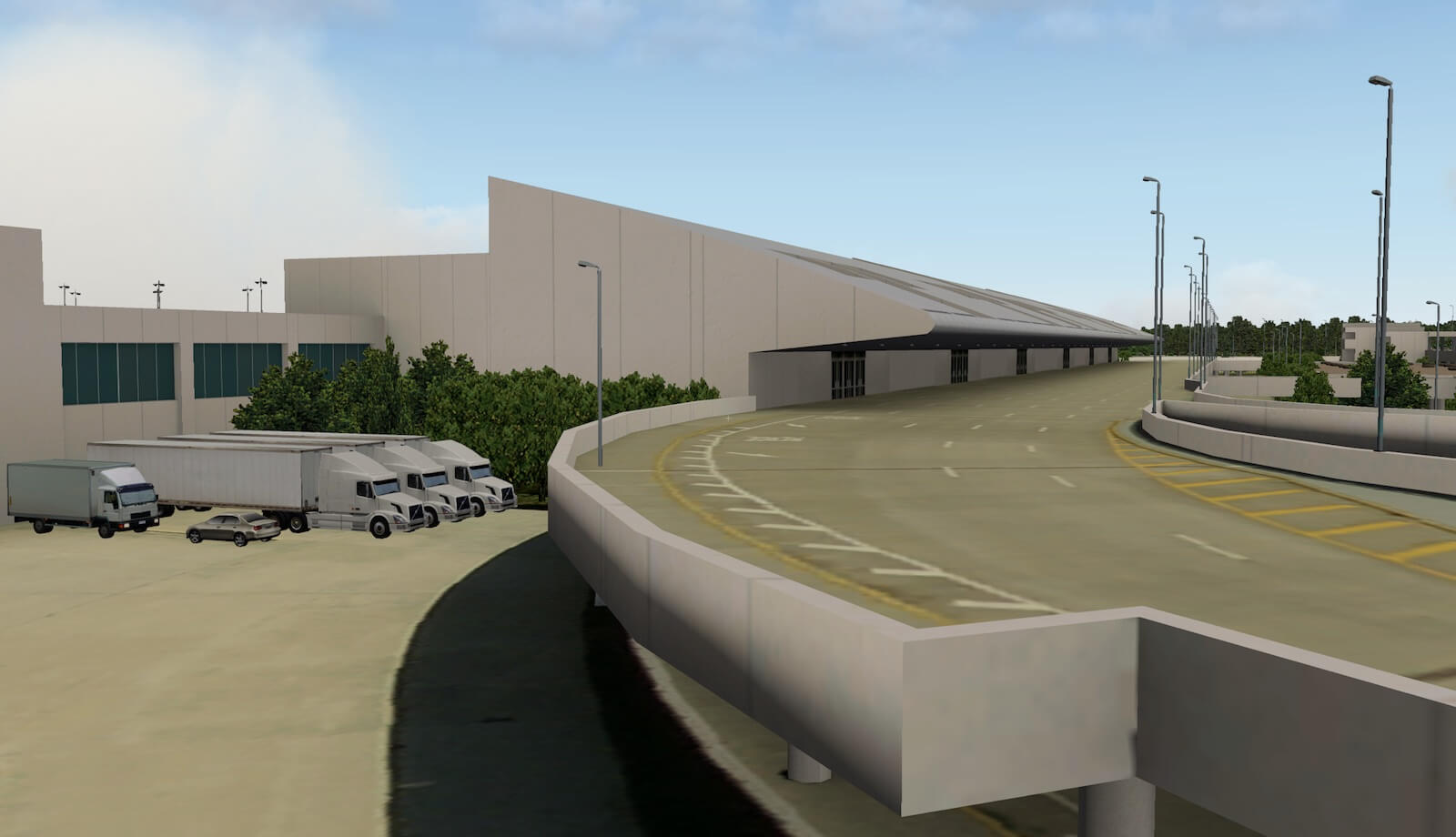

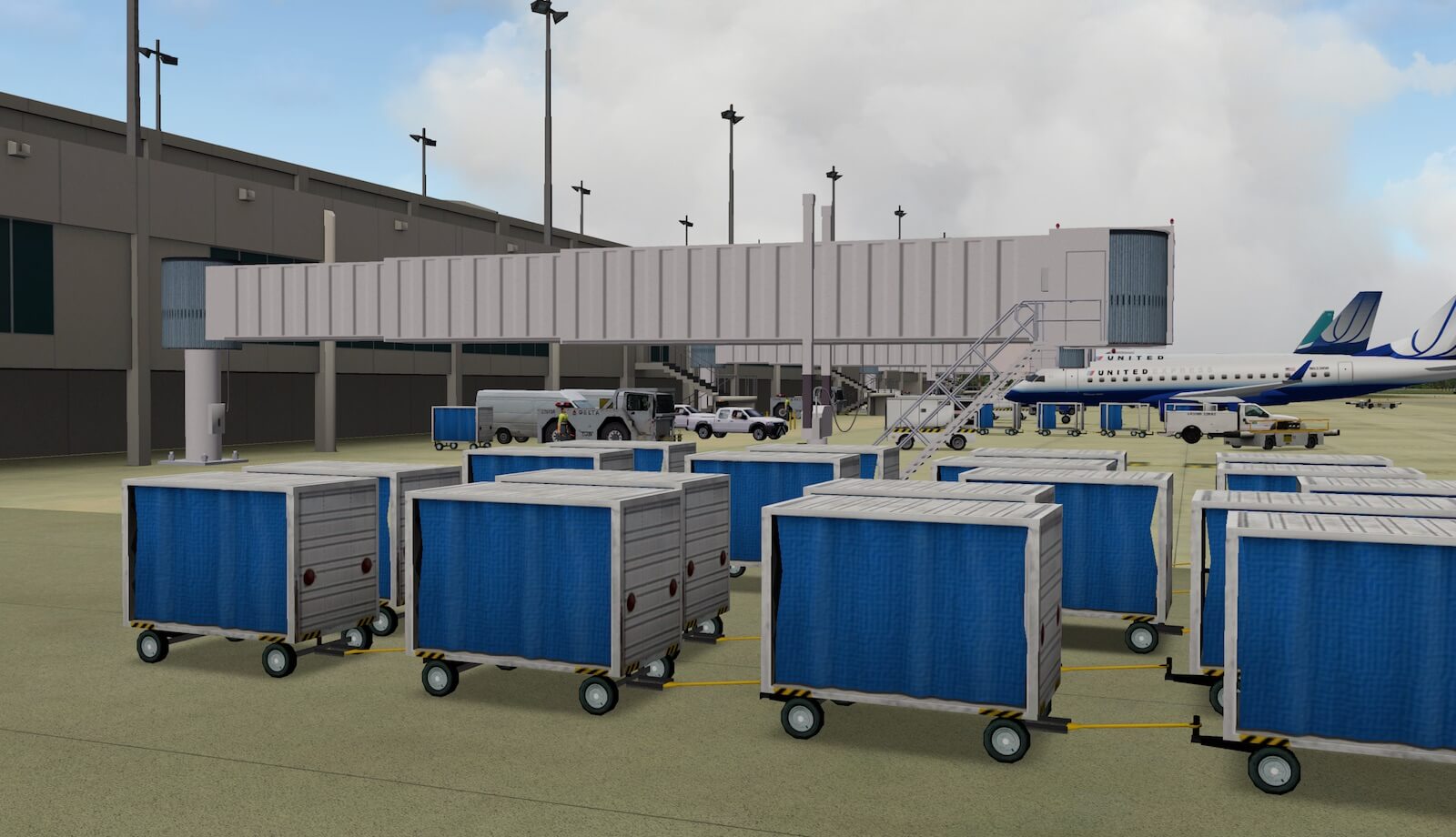


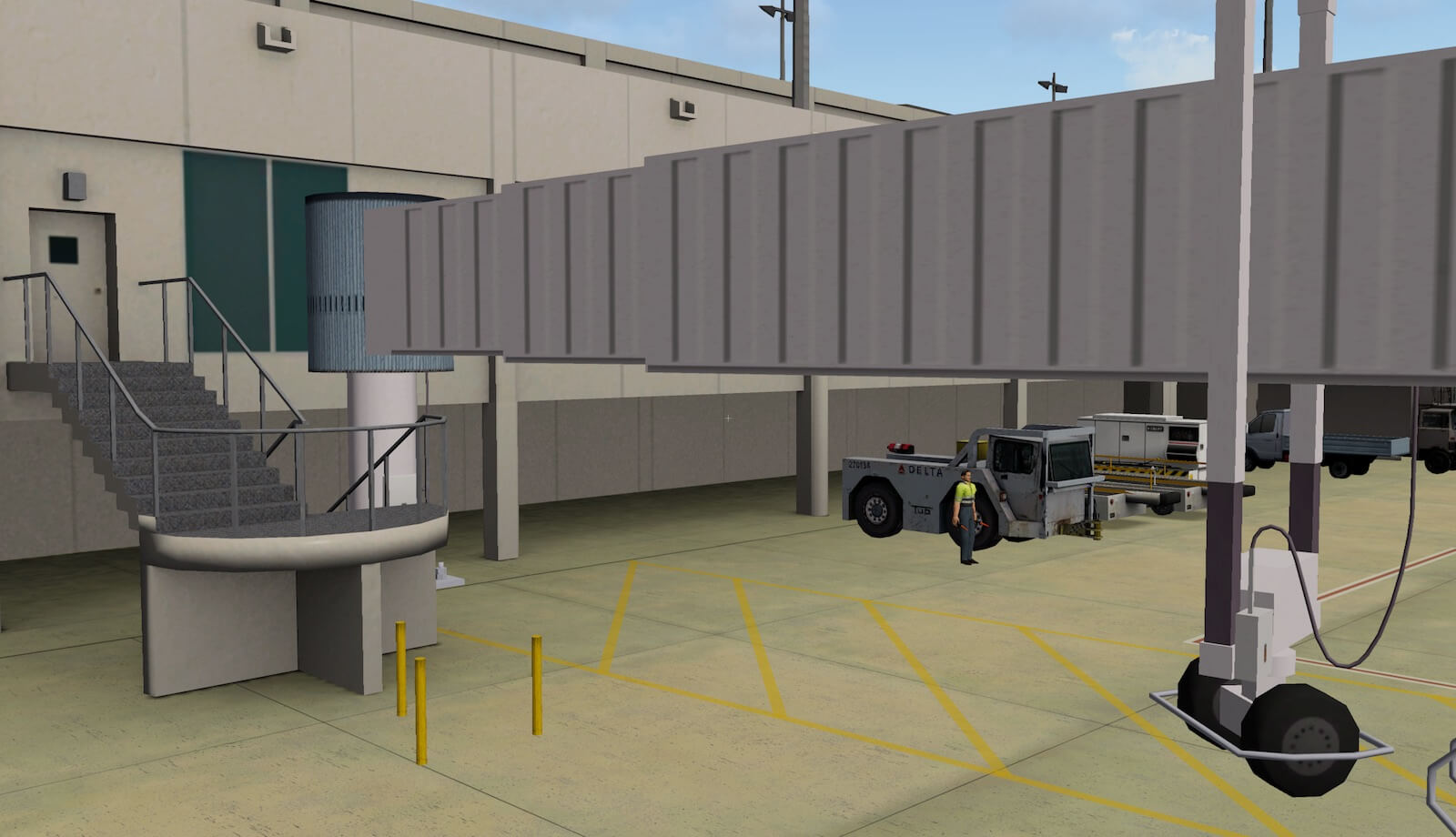






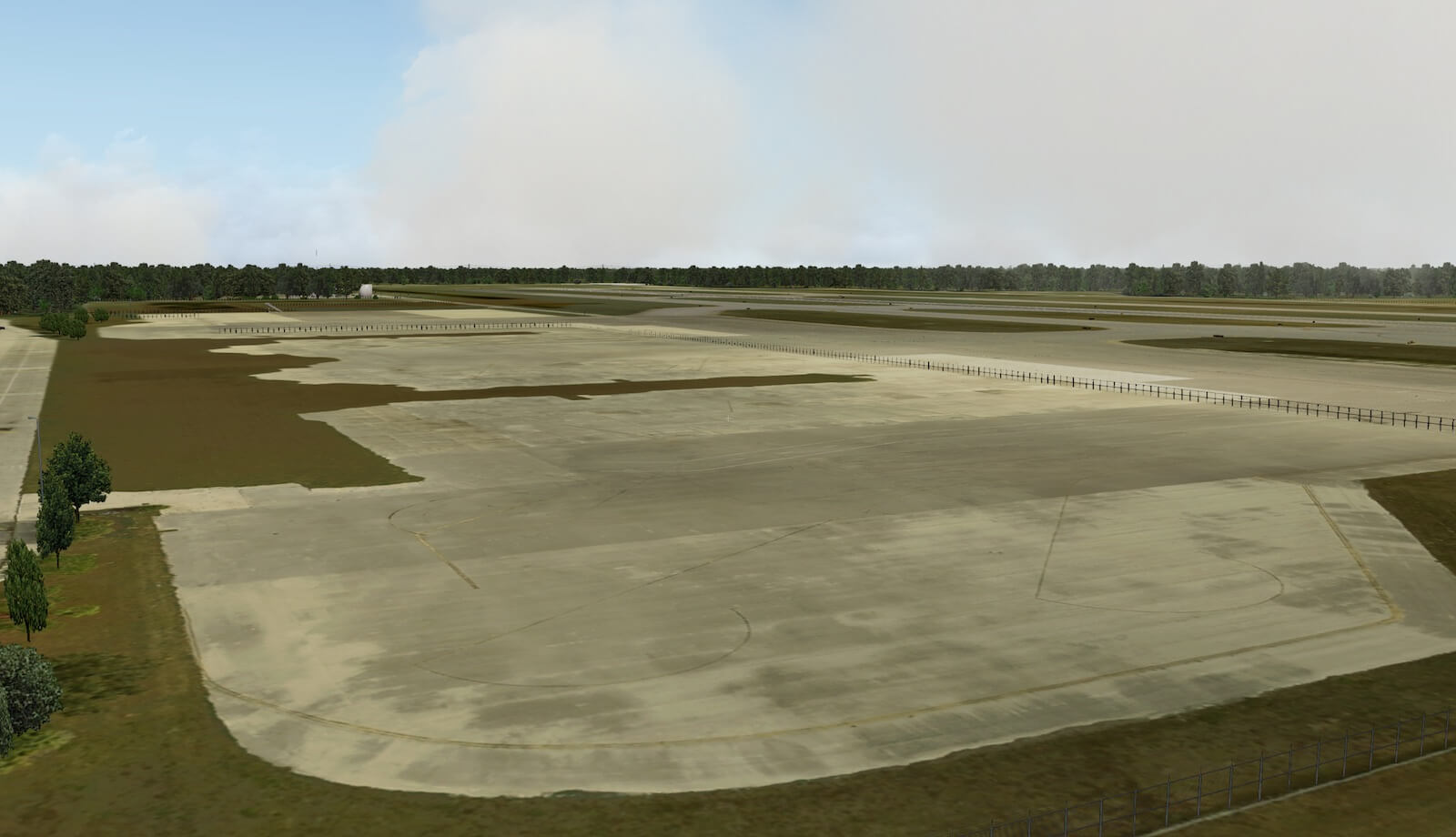

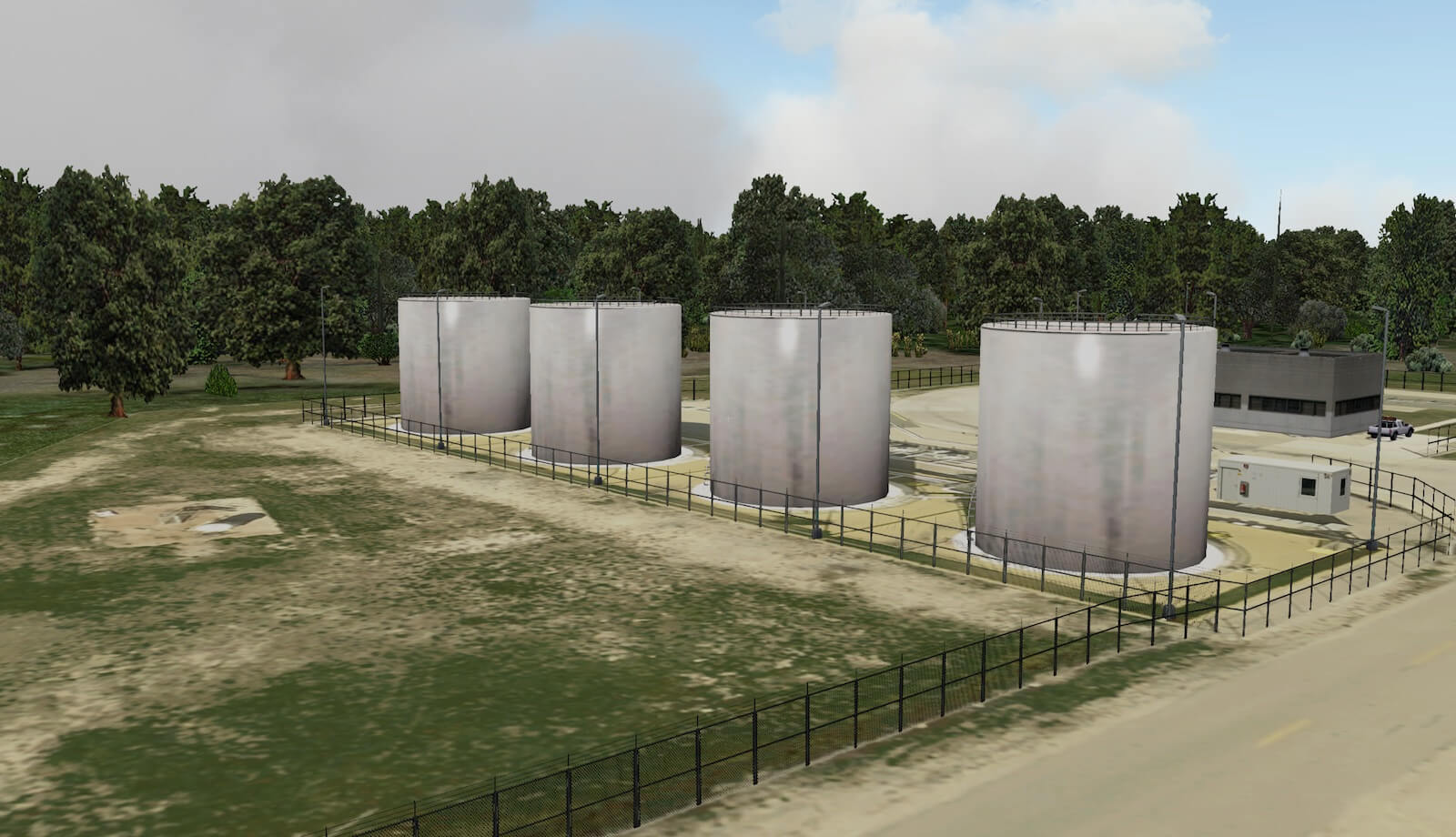





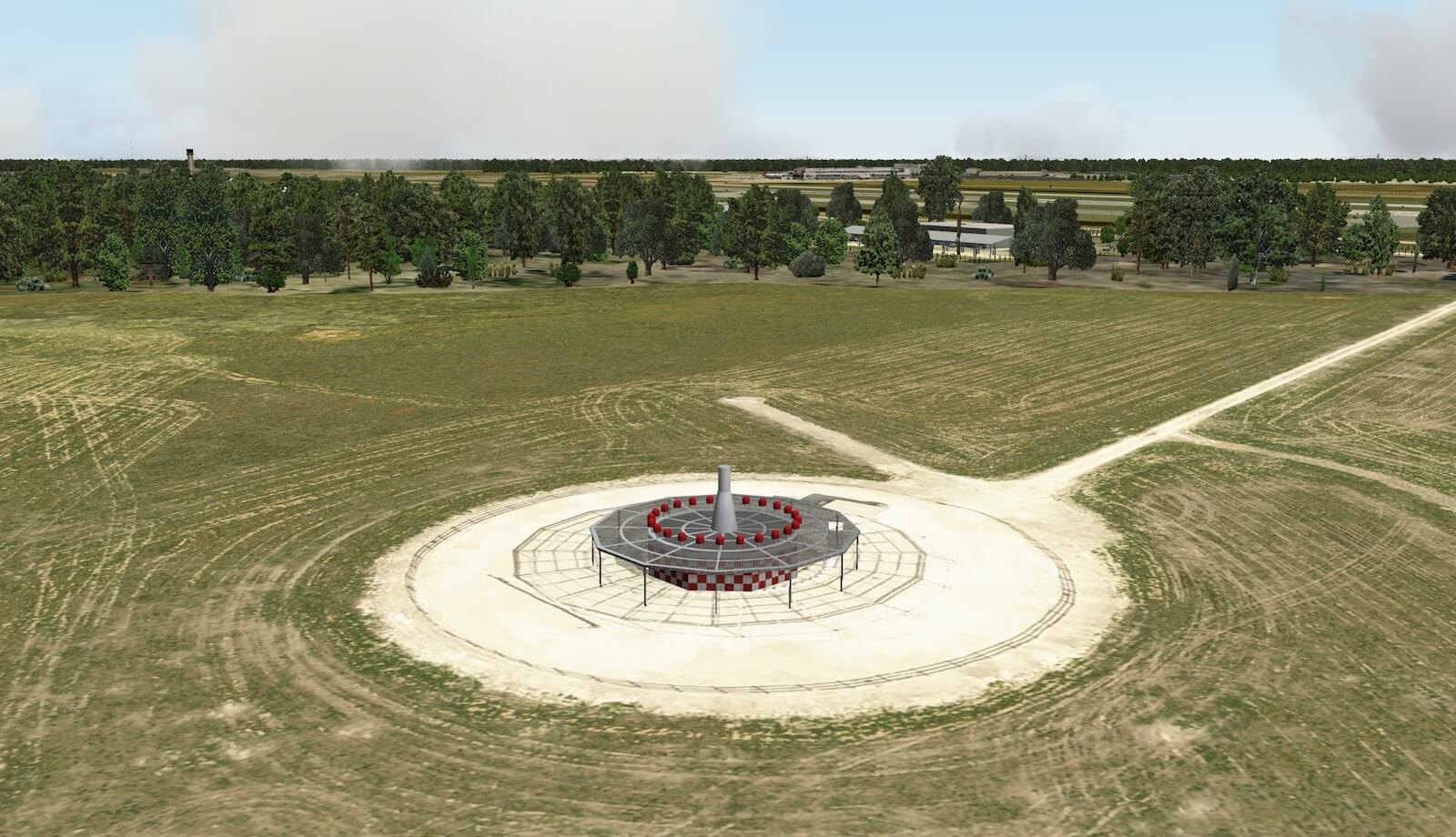





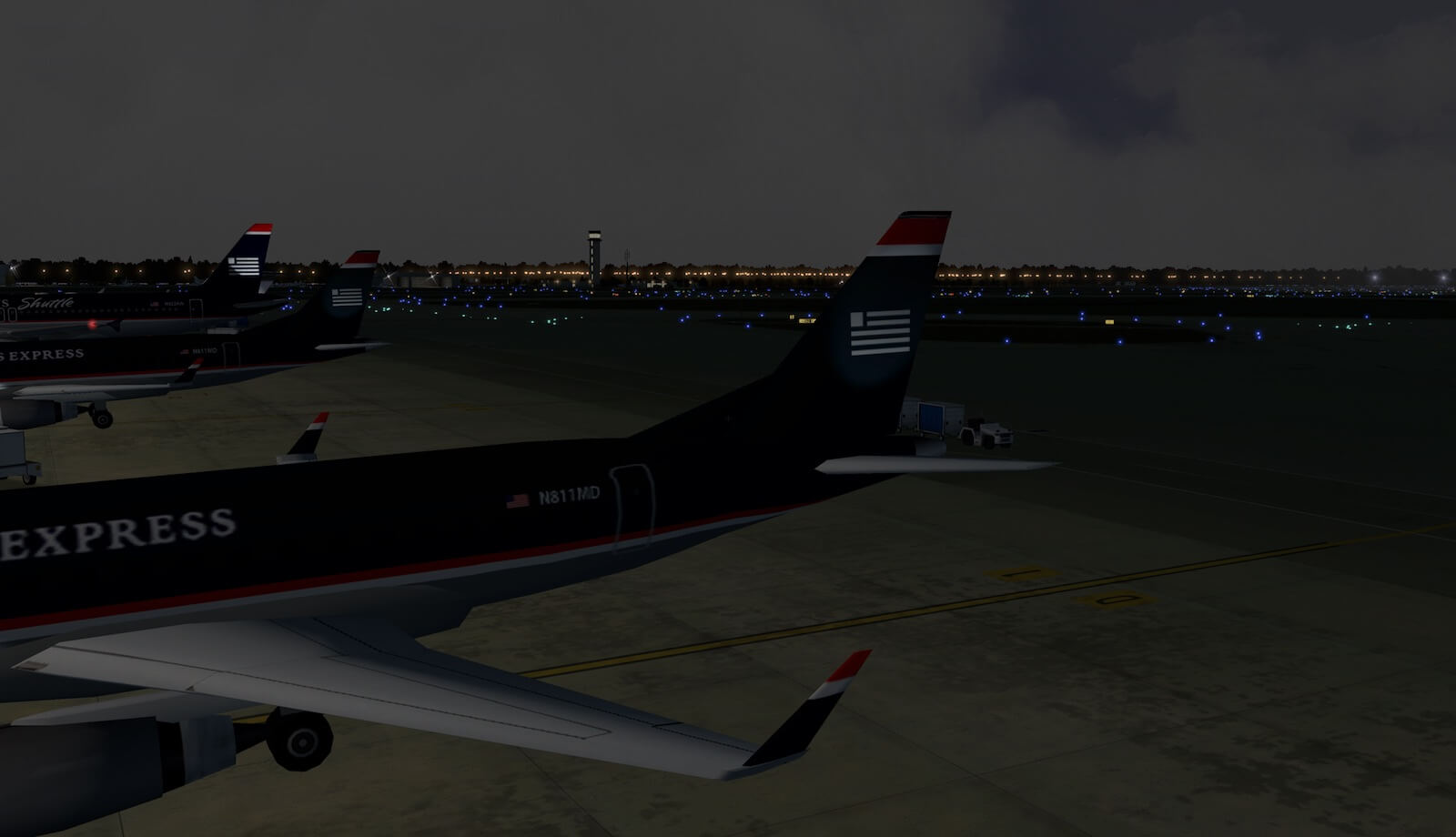


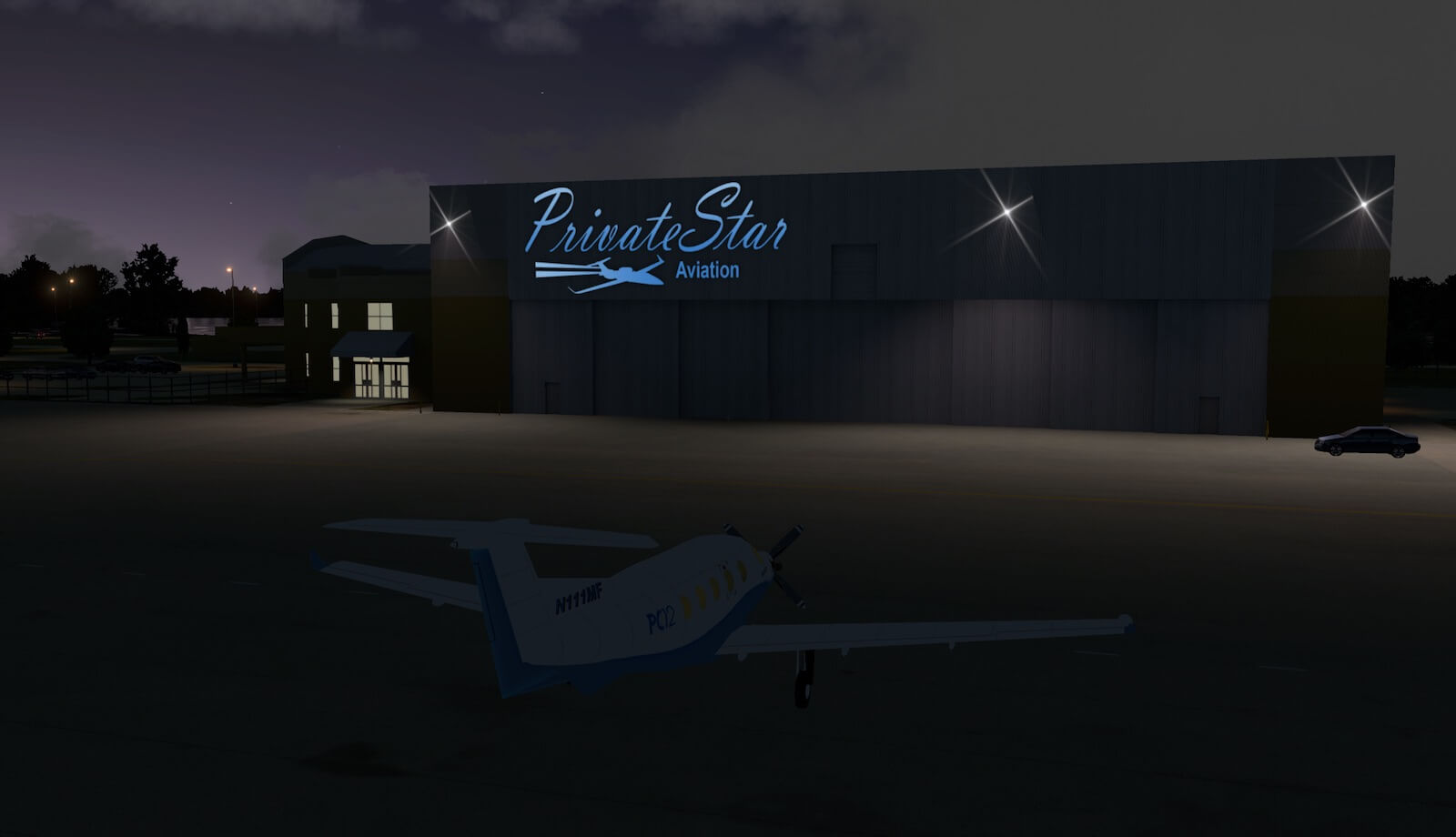



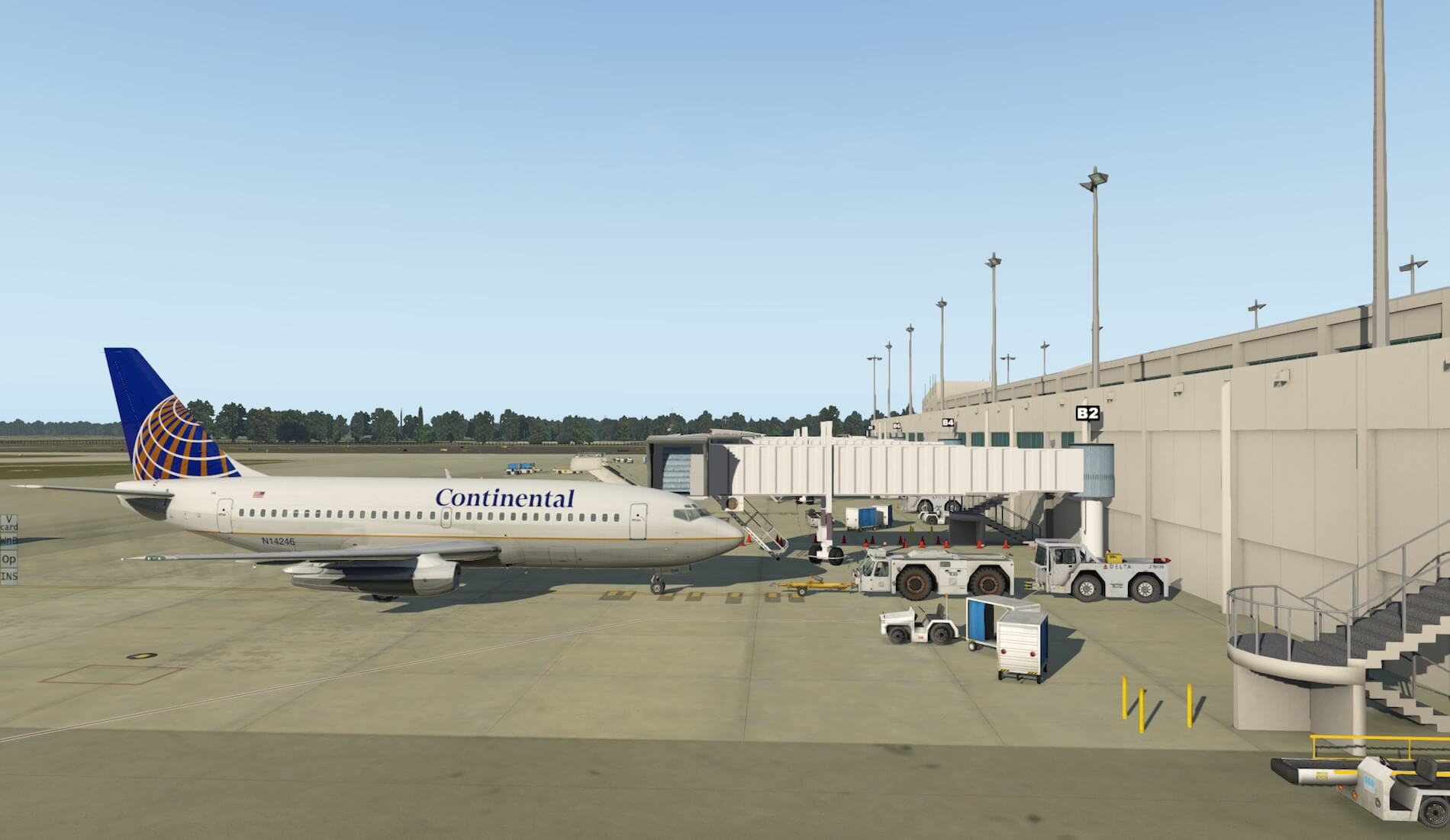

0 Comments